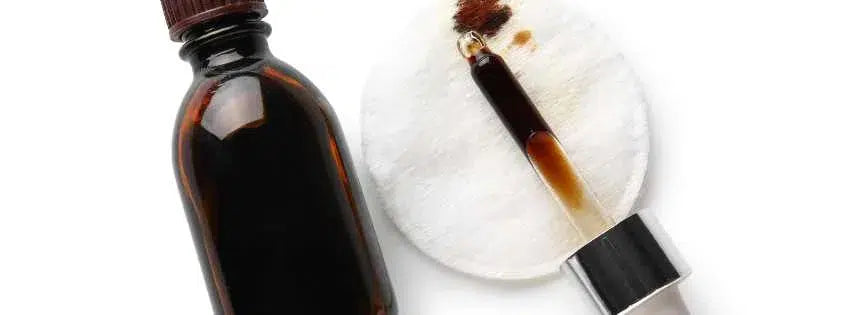
Iodine: The Ancient Superfood for Modern Health
Share
It’s easy to get swept up in the aura of ancestral wisdom and trust that beef alone will be the answer to all your metabolic problems. And for many, it will be. A carnivore diet can be that simple.
But we should acknowledge that the world we live in today isn’t the same as the one that shaped our ancestors. The soils are depleted, water is stripped of minerals, the environment is polluted, and stressors bombard us at every turn.
This means that even the most nutrient-dense ancestral diet has blind spots—especially when it comes to iodine.
Why Iodine Matters
Iodine is best known for preventing goiters, but its role in human health goes far beyond that. The World Health Organization recognizes iodine deficiency as the leading cause of preventable mental impairment worldwide. But even this understates its importance.
Iodine is crucial for thyroid hormone production, which governs metabolism and cellular function. In fact, every cell in your body requires iodine. Deficiencies—whether severe or mild—can have life-altering effects.
Historically, iodine has been used to treat conditions like:
- ADD
- Atherosclerosis
- Fibrocystic breast disease
- Breast cancer
- Chronic fatigue
- Hypertension
- Ovarian and prostate disorders
Beyond supporting the thyroid, iodine also helps detoxify harmful halogens like bromide, chloride, and fluoride while acting as a potent antiviral, antifungal, and antibacterial agent.
The Problem with Modern Iodine Intake
Despite the introduction of iodized salt in the early 20th century, iodine levels in the U.S. population have declined by 50% over the last four decades. The recommended daily intake—150mcg—is just enough to prevent goiters, not enough to support optimal thyroid and immune function.
Some health experts argue that an optimal intake ranges from 6mg to 25mg daily, amounts that are nearly impossible to obtain from a standard diet.
Consider these food sources of iodine:
- Eggs: 25mcg per egg (you’d need 240 eggs to hit 6mg)
- Mackerel: 140mcg per 100g (you’d need 4.2kg to hit 6mg)
- Seaweed: 2.1mg–9mg per 100g (making it the only practical whole-food source)
Historically, our ancestors likely had higher iodine intakes, either from coastal diets rich in seafood and seaweed or from living in environments that weren’t stripped of iodine by industrial pollution. Today, bromide, fluoride, and chlorine actively compete with iodine for absorption, making deficiency even more common.
Testing & Supplementation
If you’re wondering whether you’re getting enough iodine, a simple skin patch test can help. Apply iodine tincture to a one-inch patch of skin—if it disappears within 24 hours, it may indicate deficiency.
While seaweed is the best whole-food source of iodine, it comes with risks—many modern seaweed sources are contaminated with heavy metals like arsenic and lead. Lugol’s iodine solution, on the other hand, offers a controlled, reliable source.
If supplementing, start with a low dose and increase gradually to avoid detox symptoms (like fatigue, headaches, or rashes) as bromide and other toxins are flushed from the body.
- Key Takeaways
- Iodine is essential for metabolism, brain function, and immune health.
- Deficiency is widespread due to soil depletion and environmental toxins.
- The recommended daily intake (150mcg) is too low for optimal health.
- Seaweed is the best food source, but Lugol’s iodine solution offers a cleaner alternative.
- Start with a low dose, increase gradually, and monitor for detox reactions.
In the modern world, where stress and environmental toxins threaten our health daily, iodine isn’t just an afterthought—it’s a foundational element for thriving.
